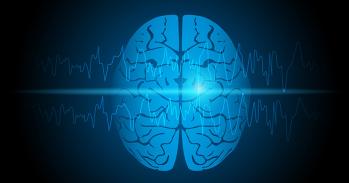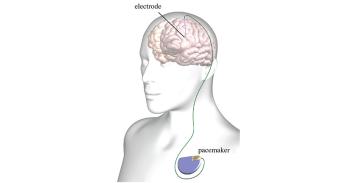Yesterday saw the official launch of the new Department of Physiology, Development and Neuroscience.
Yesterday saw the official launch of the new Department of Physiology, Development and Neuroscience.
The new department is the result of the merger between the former Departments of Anatomy and Physiology.
This exciting venture brings together over 60 academic and academic-related staff, and more than 150 post-doctoral researchers and graduate students to form one of the largest departments in the School of Biological Sciences. The vibrant community is organised into four principal research areas; Neuroscience, Developmental and Reproductive Biology, Cellular and Systems Physiology, and Form and Function.
By combining critical masses of researchers in each area the aim is to promote high quality innovative science that studies genes, through cells and tissues, to function. The University has expressed strong support for the merger, by allocating the new Herchel Smith Professorship of Molecular Biology to lead a new centre of Integrative Physiology in the Department and by refurbishing considerable areas of laboratory space to create state-of-the-art facilities. The merger also consolidates educational strengths, and promotes greater integration between the teaching of anatomical structure and physiological function.
The occasion was marked by a reception held in some of the newly refurbished laboratory space where Professor Bill Harris, the inaugural Head of Department, welcomed Professor Tony Minson, Pro-Vice-Chancellor for Planning and Resources, and other guests.
Professor Minson toasted the future success of the Department, commenting: “The University is very pleased with this initiative which brings together expertise in cognate disciplines and will provide impetus to research and teaching in one of the most exciting areas of biology and medicine.”
Professor Bill Harris said: “This new Department combines the strengths of our staff and students in the fields of Cellular and Integrative Physiology, Developmental Biology, and Neuroscience. We, of the former Anatomy and Physiology Departments, already share many of the same research and teaching interests, and believe that, unconstrained by previous departmental boundaries, we should be able to achieve great things together.”
This work is licensed under a Creative Commons Licence. If you use this content on your site please link back to this page.





